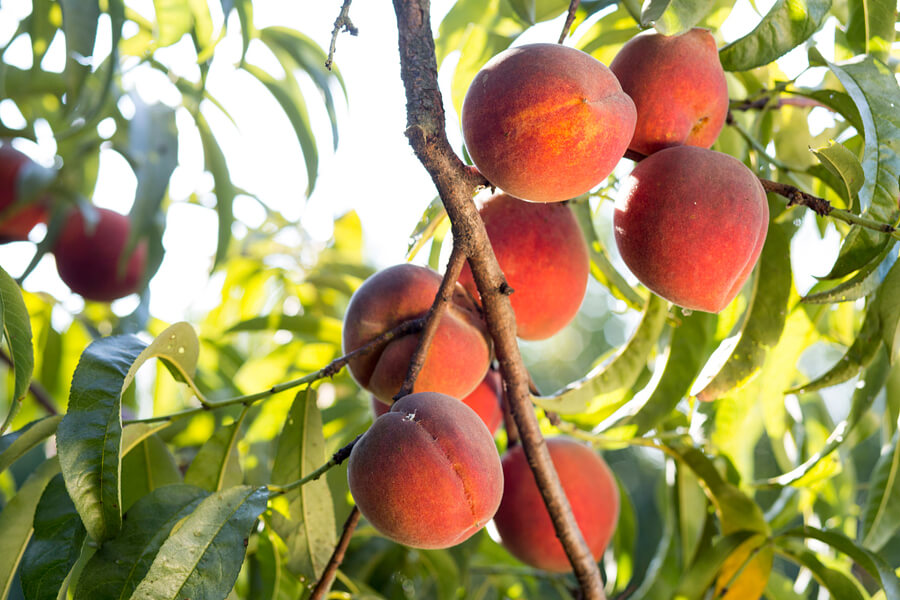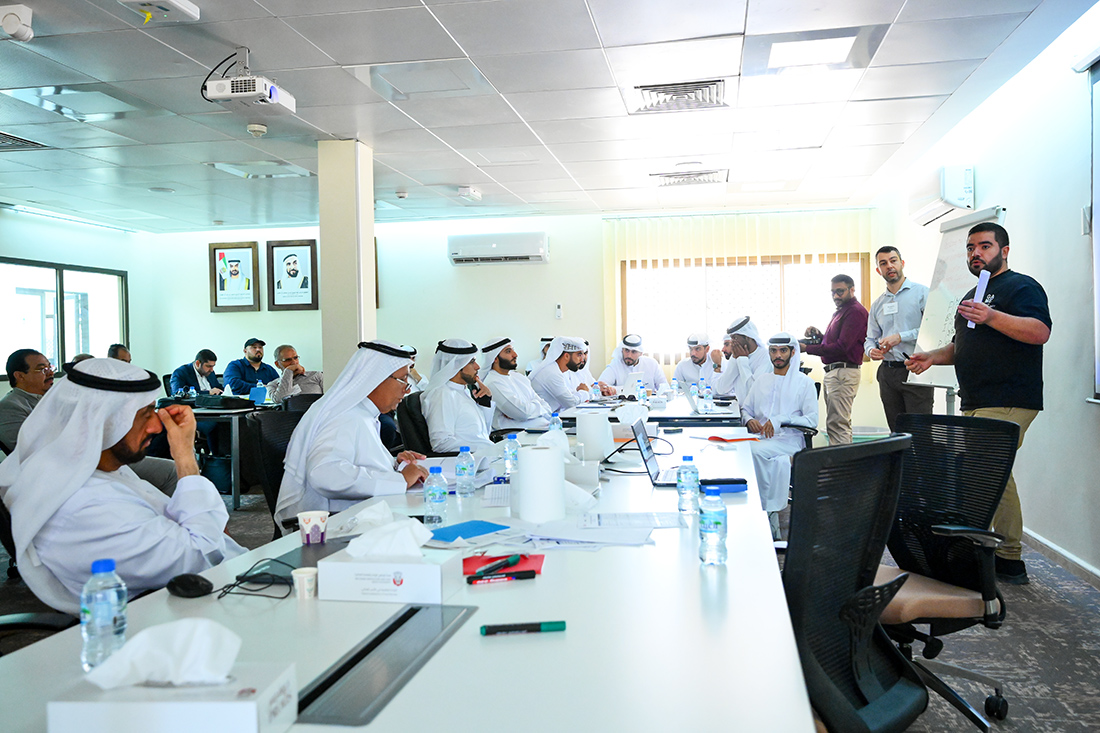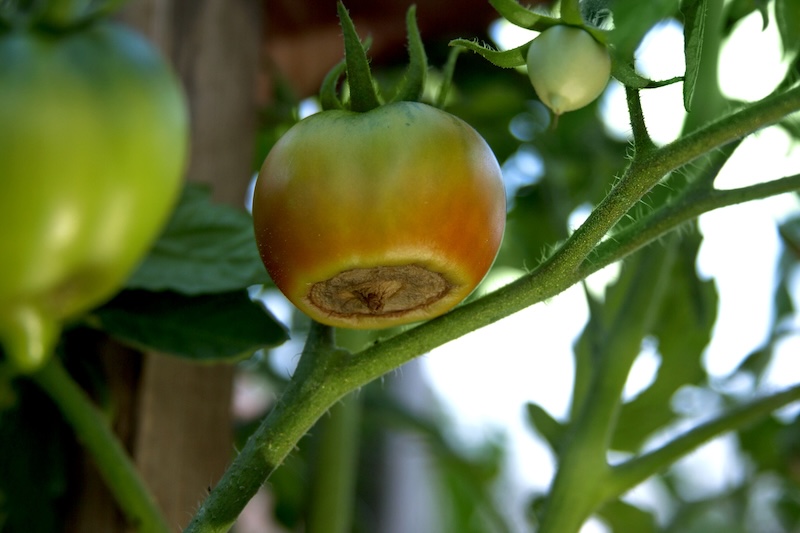
Georgia’s late winter and early spring are consistently inconsistent in terms of weather. As temperatures warm, daylight hours increase, and rainfall seeps deep into the soil, plants begin to burst into bloom, signaling the arrival of spring.
It’s also the time of year when fruit growers, especially those producing peaches, hold their breath hoping a late freeze won’t kill those vulnerable new blossoms and decimate their season.
With more than 90% crop loss throughout Georgia, the peach industry lost $60 million due to the late freeze that hit much of the Southeast in mid-March 2023, said Jeff Cook, University of Georgia Cooperative Extension agent for Peach and Taylor counties.
Navigating Georgia’s fickle late winter weather
Spring is the most stressful time of year for peach growers because they are at the mercy of the weather and have few tools to help them in the likely event of a late freeze, an all-too-common occurrence that has them looking for alternate solutions, said Cook, the state’s area peach agent.
To break dormancy and set fruit each spring, peach trees must acquire a certain number of hours each year with temperatures that fall between 32 and 45 degrees Fahrenheit, referred to as chill hours. The required chill hours vary depending on the peach variety, but most growers in Georgia hope to receive around 1,000 cumulative hours. Once those requirements are met and temperatures are consistently warm, buds begin to swell, making them more susceptible to freezing temperatures. These burgeoning buds eventually blossom into fruit that grow throughout the summer.
By mid-February, Georgia received between approximately 600 hours in the southeast to more than 1,200 in the northeast, with around 800 hours in the primary peach-growing area in the central part of the state. This sets up the industry for a potentially fruitful season ahead.
Entering the second week of April, no freezing temperatures are expected in the forecast. With hope for strong pricing during the upcoming season, peach growers are looking forward to a much-needed rebound year following last year’s disastrous season.
Weather-related challenges, such as late frosts and freezes, are difficult for growers because of their abrupt and unpredictable nature, said Pam Knox, a climatologist with the UGA College of Agricultural and Environmental Sciences (CAES). As the director of the UGA Weather Network, Knox emphasized that the long-term trend of warming winter temperatures will necessitate substantial adjustments in agricultural practices.
“We will always grow peaches in Georgia,” she assured, “but growers will have to diversify their orchards over time with varieties that can break dormancy with fewer chill hours and varieties that can handle some freeze damage.”
Because growers have very specific requirements regarding fruit size, color and texture, it remains to be seen whether newer varieties will perform as well as Georgia’s traditional cultivars. “While that is outside of the climate discussion, it is important for Georgia growers when trying to maintain a business in an industry predicated on being the best in the nation,” she said.
The role of research in strengthening Georgia’s peach industry
That is why Dario Chavez, an associate professor in the CAES Department of Horticulture, is working with institutions throughout the Southeast to provide growers with additional tools to keep the industry strong.
A faculty member of the UGA Institute of Plant Breeding, Genetics and Genomics, Chavez is part of the moderate chill peach breeding project, a collaboration between UGA, the U.S. Department of Agriculture and the University of Florida based at UGA’s Attapulgus Research and Education Center.
In a recent Cultivating Curiosity podcast interview, Chavez explained the center is located near the state line in the southwest corner of Georgia, which allows researchers to test varieties that can be adapted to warmer temperatures.
“Our program focuses on the southeastern lower Coastal Plain, which stretches from coastal South Carolina to southeastern Texas,” said Chavez. “This region meets unique climate requirements for many of the breeds we’re working with. Because of the recent closures of breeding programs in Louisiana and Texas, the Attapulgus project is the sole focus in this region.”
The project has released eight peach varieties so far, some of which have already replaced older varieties in the market, said Chavez. The new cultivars boast improved firmness, color and sweetness, and the team is also looking at varieties with improved branching structures to allow for more efficient growth and pruning practices.
In addition to breeding efforts, Chavez is also looking at freeze protection techniques, such as using chemical inputs in the fall that delay spring bloom after the threat of freeze has passed and spraying products in the spring that act as a frost barrier for vulnerable blossoms.
While no longer the largest producer of peaches in the U.S., Georgia retains its nickname as the Peach State — and for good reason, said Cook.
“People always ask where their peaches come from because there’s just something about a Georgia peach that tastes sweeter than anywhere else,” he said. “I truly believe that between the cutting-edge breeding and production research that’s happening and the dedication and agility of our growers to keeping the industry going, we’ll always produce the best peaches.”



